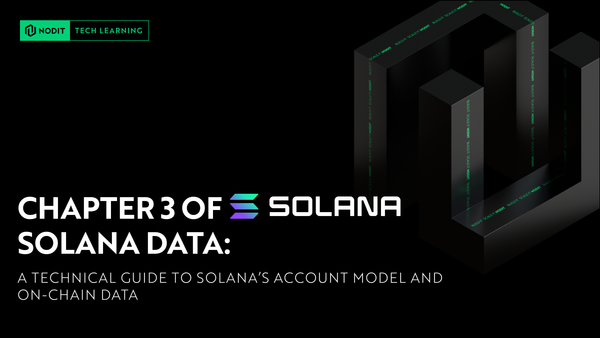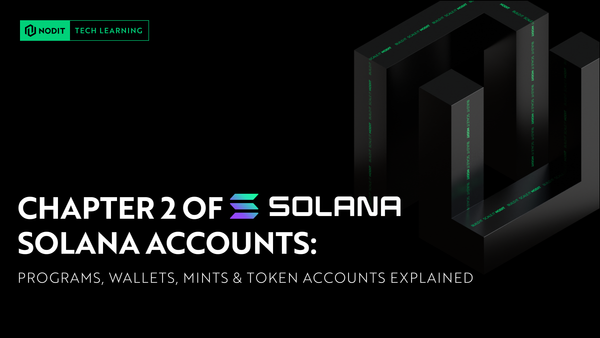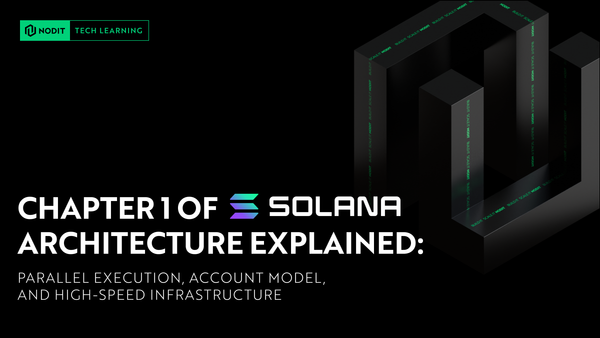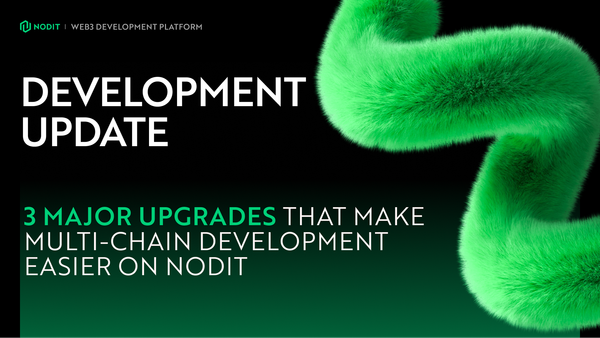Journey to Wisdom with Clair — A Knowledge Graph Approach to Blockchain Insights

The Growing Importance of Blockchain Data
With blockchain technology expected to account for nearly 10% of global GDP by 2027, its impact on the real economy is undeniable. As blockchain expands beyond niche applications into mainstream industries, the ability to understand and analyze blockchain data has become essential. Blockchain data, with its unique structure and multiple layers, demands precise ETL (Extract, Transform, Load) processes and tailored analysis methodologies to unlock its full potential. From transaction validation to supply chain transparency, mastering blockchain data paves the way for transformative insights across finance, logistics, and beyond. In this rapidly evolving landscape, the value of effective blockchain data analysis is clearer than ever.
Why Blockchain Analysis is a Field of Its Own
As the significance of blockchain data grows, so does the complexity of utilizing it effectively. Effectively analyzing blockchain data requires more than just technical infrastructure—it demands a deep understanding of both the data itself and its potential applications. For data-consuming entities like dApps, directly managing blockchain data across diverse networks presents substantial challenges. Each blockchain, from Bitcoin and Ethereum to emerging networks like Arbitrum and Aptos, has unique data structures and recording mechanisms, further complicated by frequent updates and hard forks. This complexity requires specialized expertise to accurately interpret and leverage the data.
Blockchain data is also inherently multi-layered. It cannot be approached as a single-dimensional dataset; rather, it requires processing at different levels of refinement, aligning with models like the DIKW (Data, Information, Knowledge, Wisdom) hierarchy. Each layer provides unique insights and builds upon the previous one, but only when approached with an integrated philosophy that unifies these levels can we achieve meaningful analysis and transformation. Our solution addresses these complexities, enabling effective and scalable blockchain data utilization. Before introducing our service, let’s explore how blockchain data can be processed through this layered approach.
Understanding Blockchain Data Layer with DIKW Pyramid

To illustrate how blockchain data evolves into actionable insights, the Nodit team applies the DIKW Pyramid framework, a model that classifies data development into four progressive layers: Data, Information, Knowledge, and Wisdom. Let’s dive into each layer:
🅳🅰🆃🅰 Layer: The Foundation of Blockchain Information
The Data Layer represents the raw, unprocessed blockchain data—records that include every transaction and block as they are recorded on-chain. In a blockchain context, this raw data includes basic information like block height, timestamp, hash, miner details, and transaction data, such as sender and receiver addresses, token amounts, and custom contract data. While this information provides the base for all blockchain analysis, reading these fields alone doesn't reveal the broader context of blockchain activity or trends.
🅸🅽🅵🅾🆁🅼🅰🆃🅸🅾🅽 Layer: Structuring and Indexing Blockchain Data
To make raw blockchain data meaningful, it needs to be structured—a process known as blockchain indexing. By organizing raw data into a relational structure, we transform it into Information, where each element of data is contextualized to reveal insights. For example, within the Information Layer, data from multiple transactions is grouped to display token balances, asset transfers, and contract interactions. This structured data forms the foundation for blockchain explorers and dashboards, making it easy to monitor token balances and visualize on-chain activity.
🅺🅽🅾🆆🅻🅴🅳🅶🅴 Layer: Analyzing Relationships and Patterns
At the Knowledge Layer, we begin to extract meaningful patterns and insights by analyzing relationships within the structured data. For example, tracking transactional patterns between addresses can reveal connections, such as the most frequently interacted addresses or potential links to suspicious accounts. In a supply chain setting, blockchain data can map the flow of goods and identify vulnerabilities, allowing businesses to optimize operations and mitigate risks. This layer allows for a deeper understanding of how blockchain entities are interconnected.
🆆🅸🆂🅳🅾🅼 Layer: Predicting Trends and Making Strategic Decisions
The pinnacle of the DIKW Pyramid, the Wisdom Layer, represents the ability to use knowledge to predict future events and make strategic decisions. At this level, blockchain data analysis goes beyond recognizing patterns; it can drive proactive actions, such as sending alerts to prevent fraud or forecasting future trading trends based on historical transaction patterns. The Wisdom Layer is where advanced techniques, like AI or machine learning, come into play, enabling data to become a guiding force for decision-making and strategic foresight.
By moving up the DIKW Pyramid from raw data to actionable wisdom, the Nodit team is helping organizations leverage blockchain data not only for operational insight but as a foundation for industry-transforming decisions.
Looking Forward: Nodit’s Data Journey to Wisdom
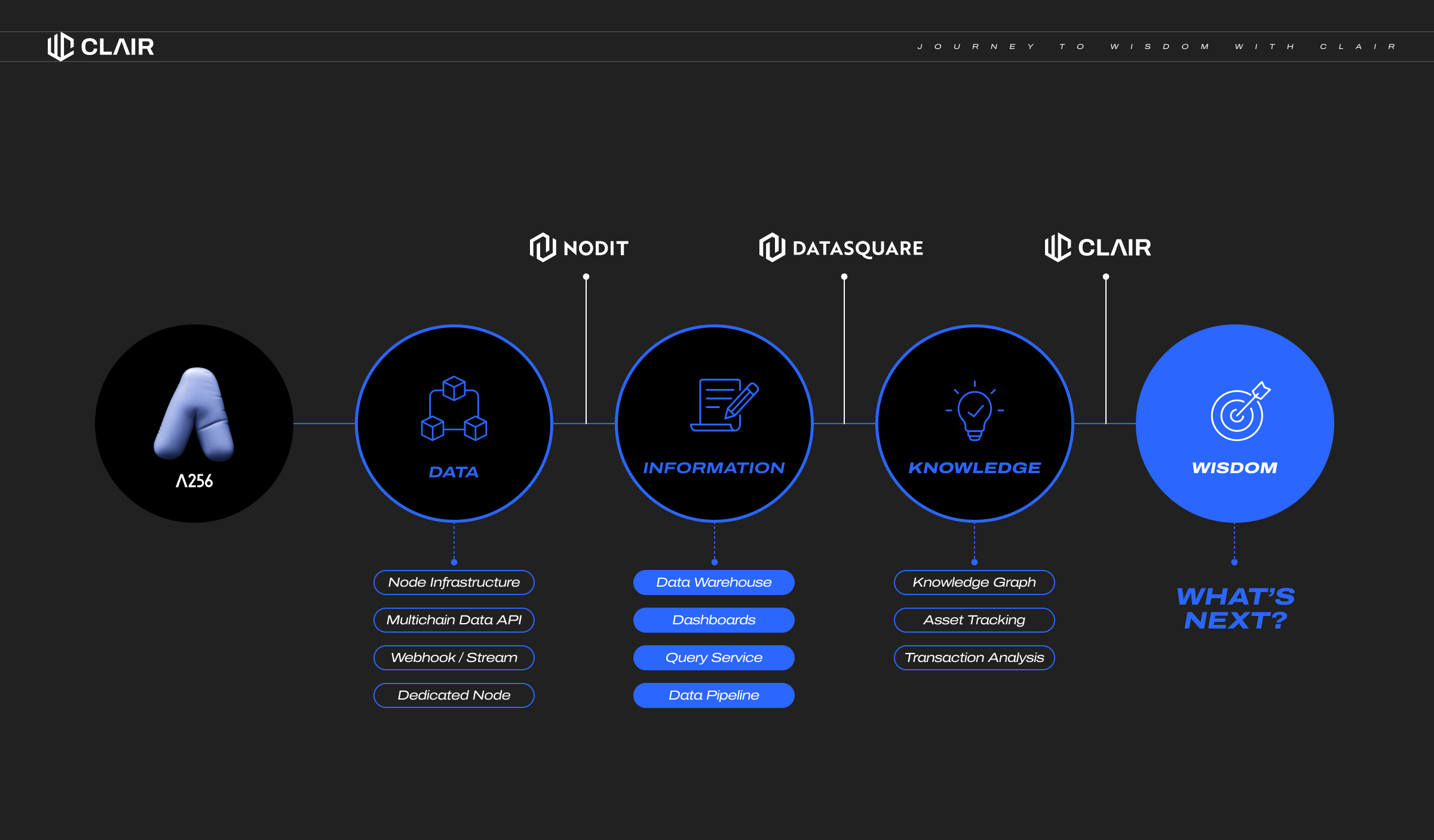
Our comprehensive suite of products, including Nodit, Datasquare, and Clair, were created with these needs in mind. By running and maintaining robust node infrastructure, data indexing, and analytics tools, Nodit enables companies to tap into blockchain data at various levels, from basic data retrieval to complex, knowledge-driven insights, without requiring dedicated internal teams for blockchain management.
Each product in our suite is tailored to meet specific aspects of blockchain data requirements. Nodit serves as a foundational platform, providing node infrastructure and data access tools, allowing for reliable, scalable data collection. For projects requiring deeper data engagement, Datasquare offers a robust data warehouse with query services and a pipeline for easy data exploration and analysis. Finally, Clair addresses advanced needs such as asset tracking, transaction analysis, and visualization—transforming blockchain data into actionable knowledge.
Together, these solutions enable our clients to easily and efficiently monitor blockchain events, gain insights, and track assets without the heavy costs of setting up and maintaining complex data systems. In the sections that follow, we’ll explore how each of these services is designed and how they work to support our clients in reaching the “Wisdom” stage of the DIKW pyramid.
From Multi-Dimensional Data Analysis to Wisdom: The Evolution to Clair
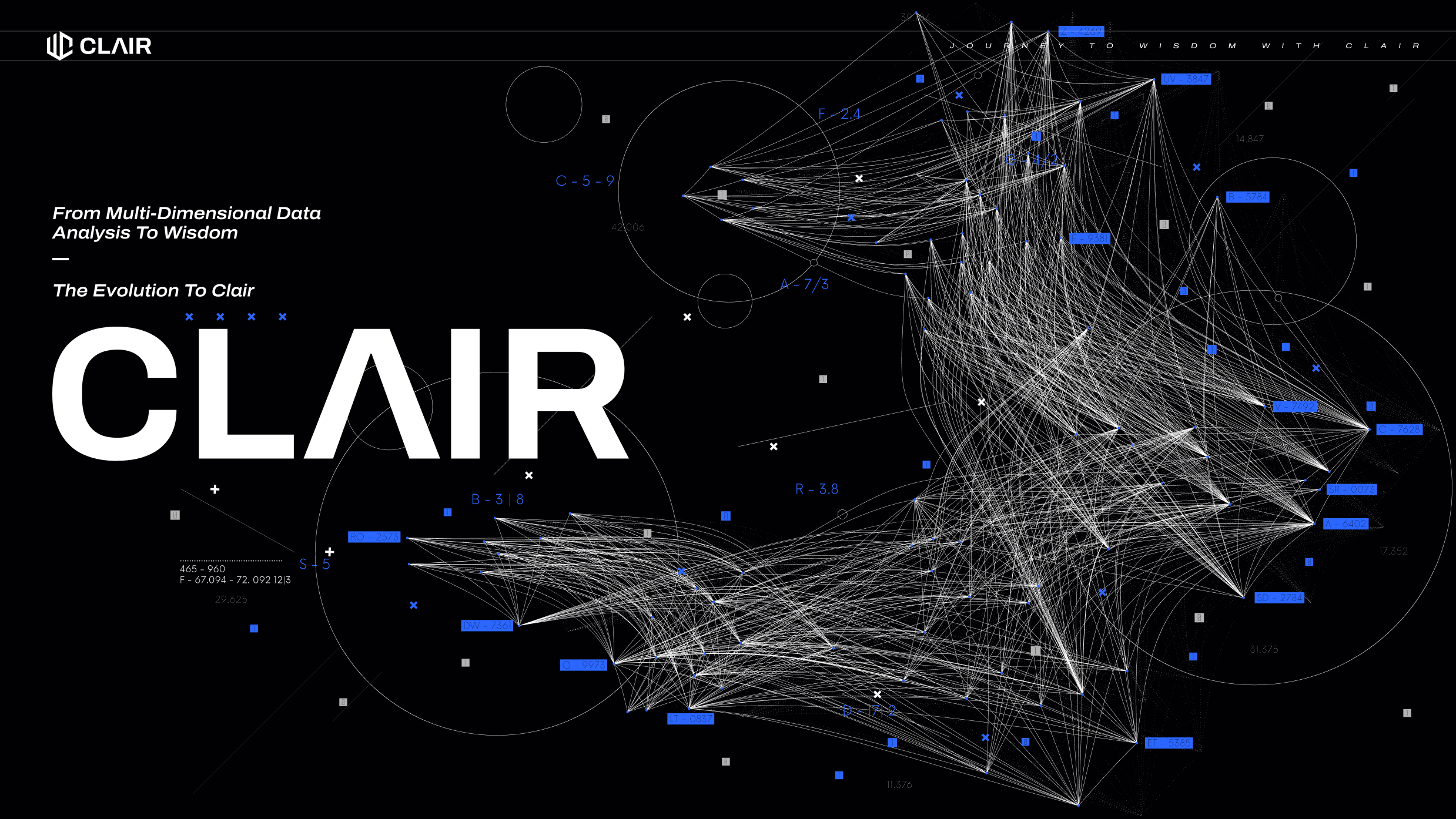
Building on Nodit’s foundation, Clair represents the next stage in blockchain data utilization. While Nodit provides essential access to blockchain data, Clair goes further by transforming raw data into actionable knowledge. Clair is designed to operate not only within blockchain ecosystems but also in conjunction with other data warehouses, creating a robust knowledge graph-based solution capable of analyzing cross-domain data and uncovering deep insights. With Clair, businesses can harness blockchain data in entirely new ways. Clair’s advanced graph analytics allow users to map relationships within blockchain networks, visualize complex data patterns, detect transaction trends, and even identify potential fraud. But Clair’s capabilities extend beyond blockchain. By integrating off-chain data sources, it provides a holistic view of interconnected data, making it a powerful tool for industries that require comprehensive insights and strategic forecasting.
Clair is built on a knowledge graph framework, a choice that leverages several key advantages:
- Suited to Blockchain’s Relational Data: Blockchain data is inherently relationship-driven. By using a knowledge graph, Clair captures the transactional and relational nature of blockchain data, allowing for more meaningful analysis of complex interactions within networks.
- Seamless Integration with Off-Chain Data: Knowledge graphs facilitate integration with external data sources, enabling combined analyses that uncover patterns otherwise hidden in isolated datasets. This flexibility enhances the utility of Clair across multiple domains, from finance to supply chains.
- Foundation for AI-Driven Insights: Knowledge graphs are essential for advanced AI models, particularly retrieval-augmented generation (RAG) approaches used in large language models (LLMs). By structuring data within a knowledge graph, Clair provides a critical foundation for predictive and decision-making models, helping businesses unlock future insights with AI.
Clair plays a pivotal role in preparing data for the next generation of predictive models, including AI and LLMs, moving businesses beyond raw data access toward wisdom. This transition—from simple data access to strategic insight—is central to Nodit’s data roadmap. As blockchain data’s potential continues to grow, Clair is positioned to empower companies to make informed decisions based on AI-driven predictions, from trend forecasting to proactive fraud detection. Nodit’s goal is not only to derive wisdom from blockchain data but also to create an AI and Exploratory Data Analysis (EDA) platform applicable across diverse industries. By evolving Clair to meet the demands of various sectors, we aim to support a wide range of businesses in harnessing blockchain and multi-domain data for strategic innovation and decision-making.
Join Us in Shaping the Future of Blockchain Data
As blockchain technology matures, data is key to maximizing its impact. At Lambda256, we are committed to advancing blockchain data accessibility and usability, helping organizations turn complex data into insights that drive value. Whether you’re building a decentralized application, developing data-powered solutions, or seeking a reliable blockchain infrastructure partner, our services are here to support your journey.


